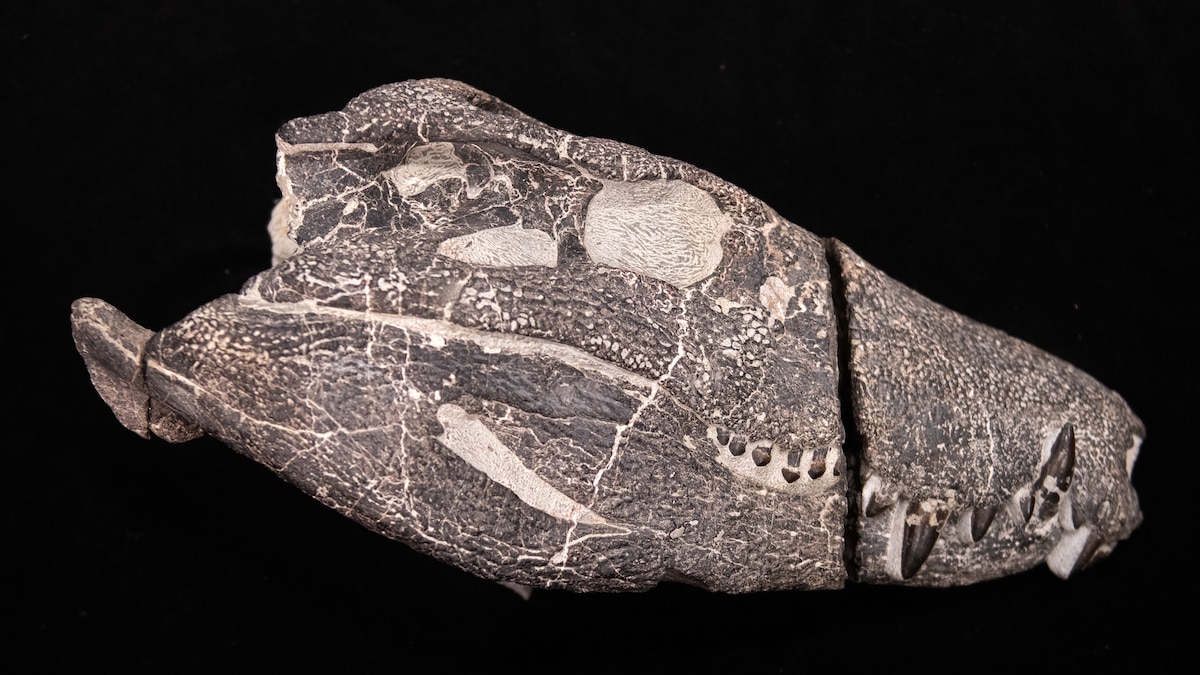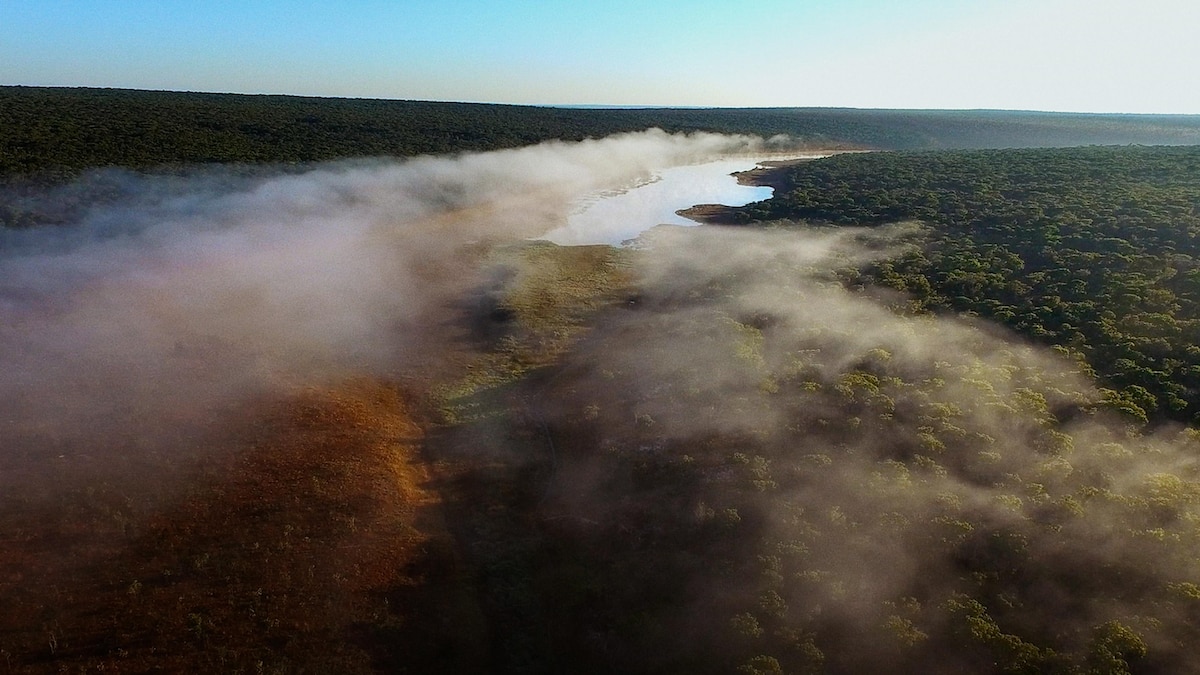Now Reading: Did Ancient Crocodiles Hunt Dinosaurs on Land?
-
01
Did Ancient Crocodiles Hunt Dinosaurs on Land?
Did Ancient Crocodiles Hunt Dinosaurs on Land?

Quick Summary
- Discovery: Researchers unearthed Kostensuchus atrox, a hypercarnivorous, land-dwelling crocodile relative from 70 million years ago in southern Patagonia.
- Features: The fossil includes the skull, jaw, neck, backbones, hip bones, ribs, and forelimb. Its teeth resemble those of T. rex: conical and serrated. Estimated size is 11.5 feet long and 550 pounds.
- Predator Characteristics: With powerful jaw muscles and upright limbs compared to modern crocodiles,it likely subjugated prey (possibly dinosaurs) on land.
- Geological Context: Found in Argentina’s Chorrillo Formation near Antarctica; provides insight into the climate and ecology of high latitudes during the Cretaceous era.
- Fossil Preservation & Challenges: Discovery coincided with COVID pandemic lockdowns; preparation involved painstaking months-long work under social restrictions in Buenos Aires.
- Scientific Debate: Researchers differ on whether certain traits suggest terrestrial locomotion versus aquatic habits.
!AgnolinDSC0187.jpg “Photograph by federico Agnolín””>Skull embedded in rock formation
Indian Opinion Analysis
The discovery of Kostensuchus atrox enriches global paleontology by shedding light on crocodyliform diversity during the Cretaceous period-a pivotal moment before widespread extinction due to asteroid impact. india has a parallel interest here as fossil findings often reveal critical ecological insights into extinct species that thrived millions of years ago when continental arrangements were closer.
this study highlights how evolution tailored ancient species for distinct ecological niches-similar adaptability could be relevant for understanding India’s paleo-history involving its own unique fossils like Rajasaurus or titanosaurs found across states like Madhya Pradesh and Gujarat.
additionally, Southern Patagonia’s environmental conditions reflect Earth’s dynamic climatic shifts over millennia-a lesson applicable to contemporary climate resilience studies vital for India’s growing biodiversity challenges today.
This discovery also showcases how persistence amid logistical hurdles (pandemic disruption) can lead to monumental scientific efforts-a model applicable universally when regional researchers face adversities like limited funding or infrastructure gaps despite engaging excavation prospects globally or within India itself.

























